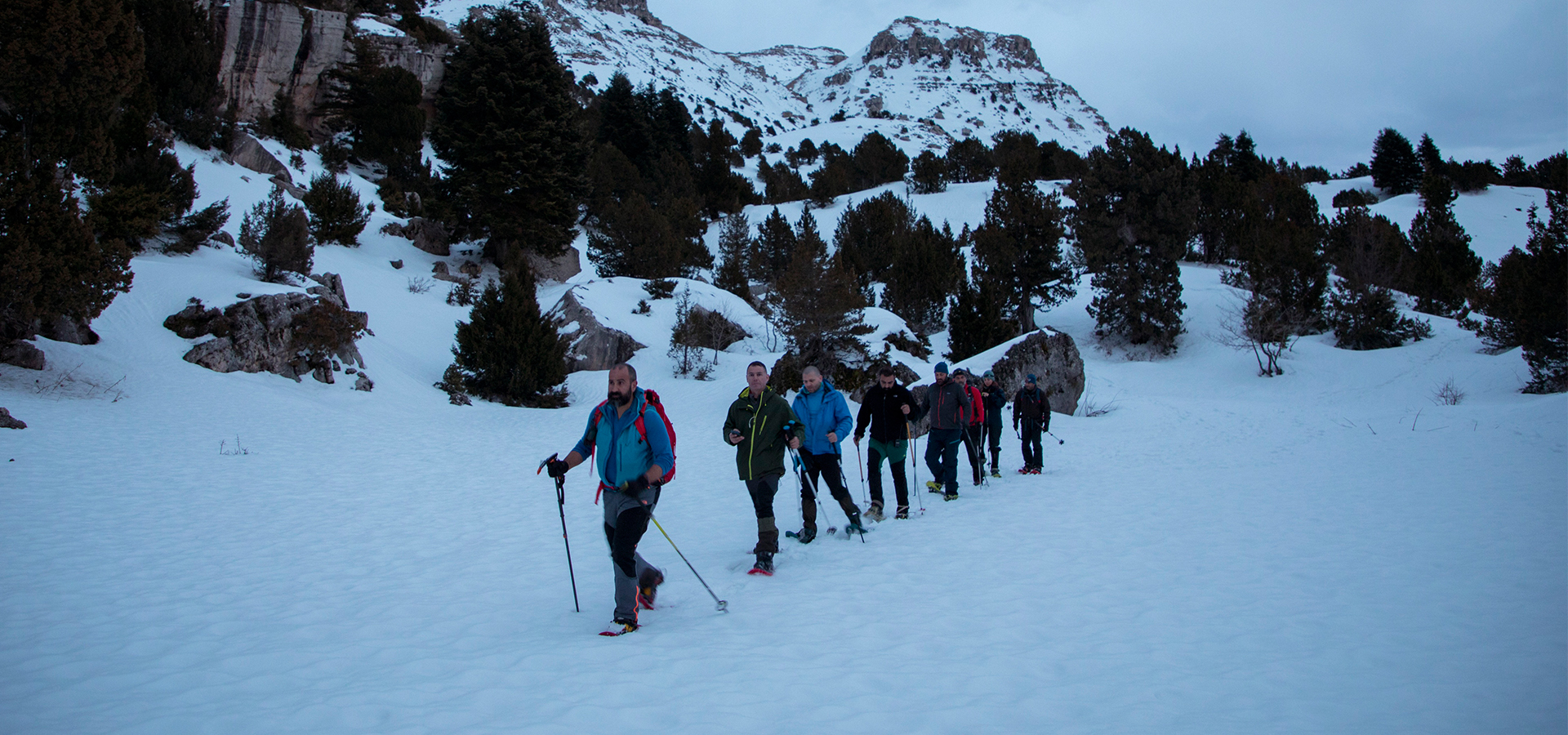
Mountain guiding; a profession beyond the dream
- July 23, 2020
- 0
Author: Gilbert Moukheiber
A big number of people dream of having their office in the mountains. Spending 365 days travelling and discovering the natural capital. How amazing it would be to have a job leading people to discover the wonders of “Mother Nature” and to experience different types of activities and disciplines. How many times have you heard “I need to go back to our roots” Yet, reality does not look as shiny and easy as it is when having to handle people new to nature. In addition, Nature has its moments, some days are beautiful and warm and some others are stormy and covered by blizzards. Clients are pretty much the same… We encounter easy going people that blend easily with nature and are natural explorers, and high maintenance ones that are energy draining, distorting the real connection meant to be with nature.
How to become a mountain guide?
A guide is a person, driven by his passion towards nature, and most importantly, he is a multi-disciplinary person ready to accommodate an array of experiences in various weather conditions, terrains, and types of clients. The role of a mountain guide starts during the preparation phase of the tour which includes the destination, the choice of the area, the needed equipment, and the weather forecast… the guide does not only deliver safety to his clients, but also ensures that the clients are well informed and equipped to the planned program. Many schools around the globe have been created in the past decades to train mountain lovers and athletes to become guides. Candidates have to show that they have enough experience in mountain activities from skiing, to mountain climbing, to anchoring and abseiling, and navigation through physical tests that they should pass in order to be admitted as students in the mountain guiding school.
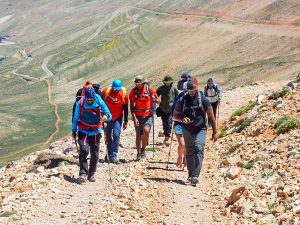
In the case of Lebanon, we do not have yet an official institution to train mountain guides. Most of the experiences are based on personal initiatives and training acquired abroad. 33 North has launched a training initiative known under 33 North mountain skills school to train mountain leaders and in order to lead responsible outdoor pursuits.
In Europe, there is a differentiation between a mountain guide and a mountain leader known as “accompagnateur de moyenne montagne” in France. A mountain leader works on leading hiking, trekking and snowshoeing trips, with focus on interpretation of the milieu as fauna, flora, geography, history, and cultural aspects; whereas a mountain guide is more focused on the physical side of the activity and leads trips on mixed terrains such as rock, ice and snow.
Mountain safety tips
Avalanche
An avalanche is a mass of snow that slides rapidly down an inclined slope. Avalanches are triggered by either natural forces (e.g. precipitation, wind drifting snow, rapid temperature changes) or human activity. Avalanches can be deadly if you don’t act rapidly within the first minutes. Members of the group are considered the first responders and they should know how to act in order to save their lives and others.
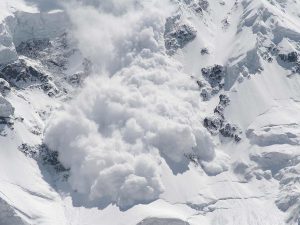
It is always recommended to check the quantity of recent snow fall in the planned destination, the orientation and angle of the tackled slopes, and the weather forecast. There are several tests to check the snow layers stability in order to know if the snow cover is stable, and mountain practitioners specialized in taking routes off the beaten tracks should be equipped to perform these tests.
Things to do when caught in an avalanche
• Try to run from it
• Do swimming movement
• Keep one hand lifted above your head
• Get rid of your backpack and heavy equipment
• Try to hold yourself to big objects
• Keep an air pocket around your mouth and face. It is important in winter times to be equipped while travelling through the mountains.
Keep an avalanche beacon, a searching tube, and a shovel.
Learn how to use these equipment as you might be the first responder and be a life savior.
Hiking in bad visibility
• Use a compass to identify landmarks on your desired destination. It is called having a “baring”, it’s the angle that you will follow to your next destination;
• You may ask someone to be in the front, making sure they walk slowly and listen to your detailed directions. If it is windy and you cannot hear, use your arms to signal positioning, but make sure you discuss it beforehand. Walk on to where your buddy stopped and repeat the whole process until it’s either clear enough to make out features to follow or you make it back to safety
• In severe thick fog you may be obliged to stop moving and thinking of protecting yourself from the outside elements such as wind or possible snow fall. You might have to consider building a shelter;
• It is important to be equipped with a GPS device for such days. You will have to use it from the start registering your trail and you might be obliged to track back;
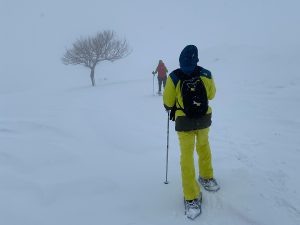
Hiking under the rain
Hiking under the rain can be such a beautiful experience if equipped properly, otherwise it can end up badly if the weather is harsh and severe. Here is a list of things to bring and do in order for you to enjoy your adventure:
• Clothing: waterproof trouser and jacket. Equip yourself with a waterproof, preferably Gore-Tex trouser and jacket. Avoid ponchos that you can step on and fall over.
• Place all your items in waterproof or plastic bags before loading them in your backpack;
• Make sure you are wearing waterproof / Gore-Tex shoes and they are covered by gaiters.
• Assist yourself with a pair of hiking poles for slippery terrain.
33 North offers you an exceptional escape where fun and adventure await you
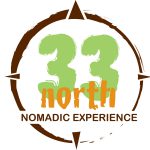
https://www.facebook.com/33NorthLeb/
https://www.instagram.com/33northleb/











